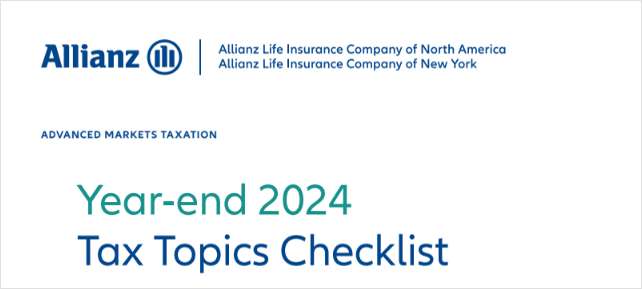
White House COVID-19 Trackers Repeat Warning About U.S. Variants
Outgoing Trump administration COVID-19 trackers say homegrown, extra-contagious strains of the virus that causes the disease may already be among us. Dr. Deborah Birx and other members of a White House Coronavirus Task Force working group talk about the threat from bad, homegrown variants in their final weekly report. Severe acute respiratory syndrome coronavirus 2 (SARS-CoV-2) is the virus that causes COVID-19. Scientists have discovered extra-contagious new strains of SARS-CoV-2 in the United Kingdom and South Africa. Many countries, including the United States, have imposed tough new travel restrictions and other restrictions in an effort to contain the new strains. Testing programs may not have detected many patients with the U.K. or South African SARS-CoV-2 variants in the United States, but "early evidence may underestimate the current spread," the White House tracking team says. "We are likely to have our own, more transmissible variants, and our mitigation actions should reflect this potential reality. We should act as though we have more transmissible strains circulating." (Related: U.S. Seems to Have a Pushy COVID-19 Strain: Researchers) The White House gave each state a copy of its report Jan. 17. The White House has not been making copies of the reports available to the general public, but the Center for Public Integrity posted a leaked copy of the version of the report aimed at Georgia Wednesday. The White House team also warned about the risk of homegrown, extra-contagious SARS-CoV-2 variants in the weekly reports release Jan. 3 and Jan. 10. The White House tracking team says public health officials here have to act quickly and aggressively to keep any extra-contagious SARS-CoV-2 strains under control, partly because so many of the people who spread the virus have no symptoms. The team gives U.S. university COVID-19 control programs as evidence that testing everyone, not just people with symptoms, helps keep infection rates under control. Many schools with broad testing programs have kept their campus infection rates under 1%, the team says. Many schools with voluntary testing programs, or programs aimed mainly at students with symptoms, have infection rates of 8% to 14%, the team says. The team is also recommending that states continue to require people to wear masks, and to shut down indoor spaces where wearing mask all of the time is impractical, such as indoor bars, indoor restaurant dining rooms, and gyms.
Pandemic Tracking Data
The Trump administration's last weekly White House Coronavirus Task Force report includes several pages of state-level pandemic intensity data and some national data. Here's what happened to some of the key national COVID-19 indicators between the week ending Jan. 8 and the week ending Jan. 15:
- New Cases per 100,000 People: 478 (down from 532)
- Percentage of People Tested Who Had COVID-19: 12.2% (down from 14.3%)
- New COVID-19 Hospital Admissions per 100 Beds: 22 (down from 23)
- COVID-19 Deaths per 100,000: 6.4 (unchanged)
- Nursing Homes With 1 or More New Resident COVID-19 Deaths: 16% (unchanged)
Federal pandemic trackers also publish additional, somewhat different pandemic intensity indicator data in daily Community Profile Reports. Here's what happened to some key national indicators in the Community Profile Reports between the week ending Jan. 11 and the week ending Jan. 18:
- Number of New COVID-19 Cases per 100,000 People: 457 (down from 516)
- Average Number of Hospital Inpatients with COVID-19: 151,065 (up from 134,394)
- Number of COVID-19 Deaths per 100,000 People: 7.0 (up from 5.6)
— Read 50 States of Latest Government COVID-19 Pandemic Intensity Data, on ThinkAdvisor. — Connect with ThinkAdvisor Life/Health on Facebook, LinkedIn and Twitter.
© 2024 ALM Global, LLC, All Rights Reserved. Request academic re-use from www.copyright.com. All other uses, submit a request to [email protected]. For more information visit Asset & Logo Licensing.
Featured Resources
View All
Sponsored by Allianz Life Insurance Company of North America and Allianz Life Financial Services LLC
Year-end 2024 Tax Topics Checklist








